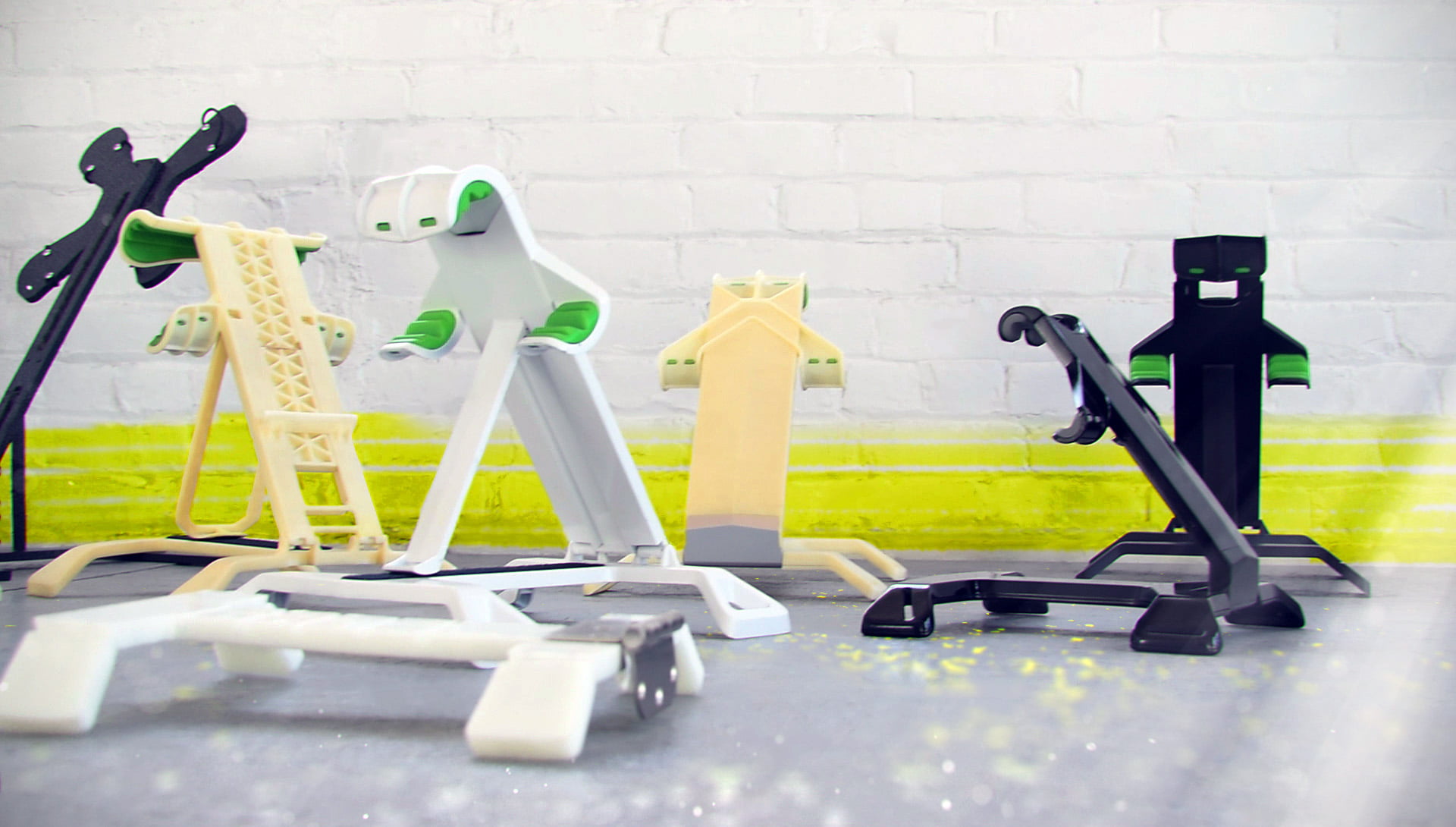
As discussed in our previous blog on when, why and how to create a prototype, prototypes are key to consistently delivering great product design. By taking ideas from the page into the real world, prototypes inspire better design solutions. They also save you time and money by revealing design flaws before they become costly mistakes. By knowing when to make prototypes, we ensure that there are no surprises, just great products. Here are some of the many types of prototypes that might be useful during the development of your new product along with when to make them:
Breadboard Prototype
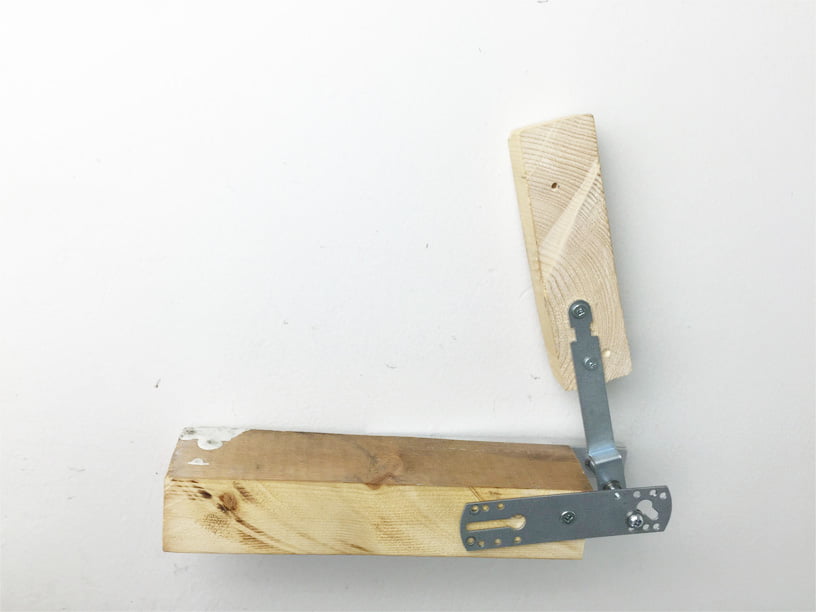
These proofs of concept might not be fully functional, some will only test one aspect of the design, but they will test the fundamental assumptions of your idea. These prototypes are quick and cheap to make and will save you from major headaches down the line. The bread board prototype pictured above tests the viability of using off-the-shelf spring washers for the TStand hinge. It only took a few minutes to screw together. Based on this prototype we were able to make an informed decision on how to design the hinge.
When to make them
These should be made as soon as possible! Bread board prototypes can help establish a design direction. More accurate prototypes will be needed as the design develops. However, they can be useful at any stage to quickly test a new idea before sinking more resources into it.
Sketch Models
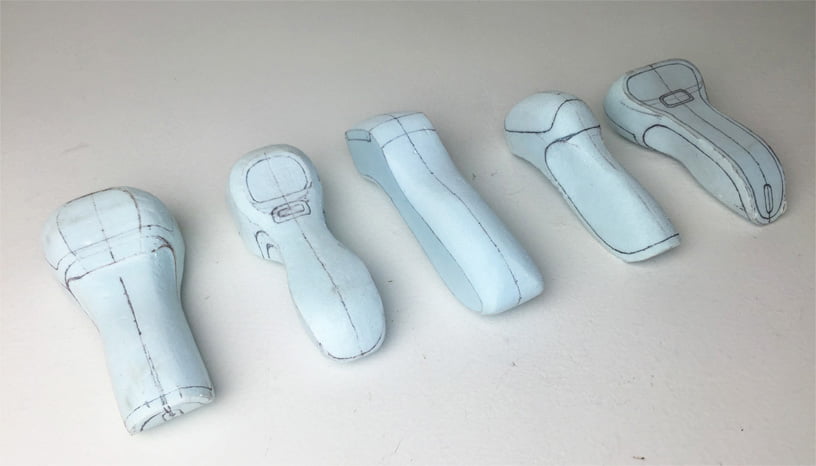
These product prototypes explore various shapes for the handle of a medical device. The result is a design that is compact and comfortable to a wide range of users.
These are perfect for understanding the size of an object and giving insight into the ergonomics of your design. They are especially powerful when put in the hands of a wide variety of users, to test comfort and ease of use. These prototypes don’t always function, and they aren’t completely aesthetically accurate which makes them quick and easy to make.
When to make them
These are useful at the beginning of the design process as they establish criteria that your final design will have to meet. That criteria might include the size and placement of handles and buttons, the maximum overall size, the amount of height adjustability needed.
Appearance Models

These product prototypes look the part but don’t actually function. They are great for refining the look and feel of a product. Looking at a design on a computer model is never quite the same as seeing it in person, which is why these are so valuable. The appearance models shown above are of the same product shown as sketch models, and was made using CNC milling.
When to make them
These are more applicable towards the middle and the end of the design process, they are especially useful when choosing colours, and surface finishes and other aspects of the products styling.
3D prints
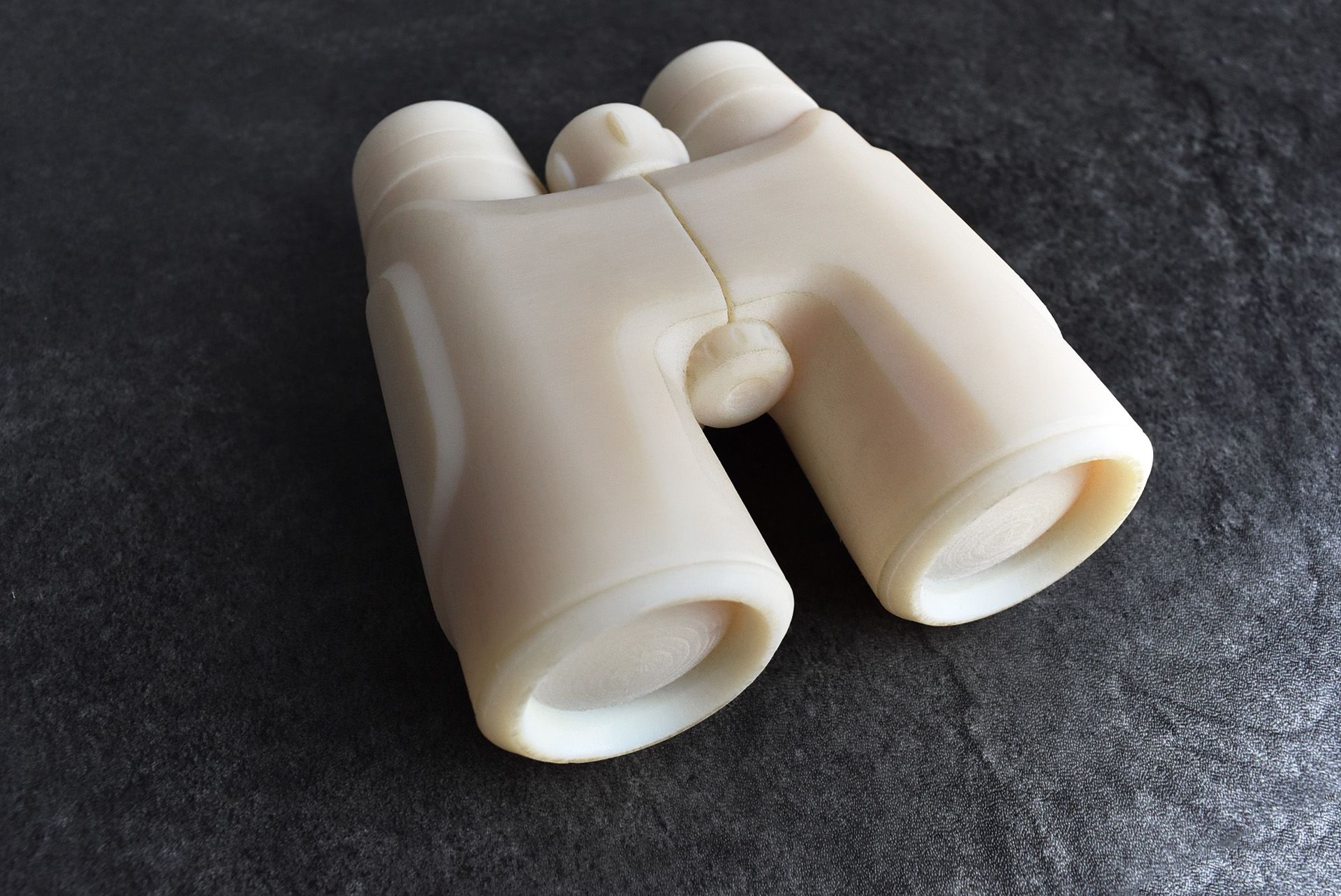
3D prints, particularly when done locally, have very fast turn around times, sometimes as soon as next day delivery. As product prototypes, they are great for understanding the size and shape of an object. They are built layer by layer, allowing them to produce any geometry. That said, this layer by layer construction means they behave differently than parts that are molded, additionally not all materials can be 3D printed. Snaps and other mechanisms will not perform in the same way as they will on the production parts. The layers are also noticeable on surfaces and leaving them rough. To turn a 3D print into an appearance model it must be sanded, and in some cases melted in acetone fumes to achieve a smooth surface.
Pros
- Cost efficient
- Fast turnaround times
- Can replicate any geometry
Cons
- Surface finishes are rough
- Mechanical properties can only be approximated
- Material differs from production parts
CNC
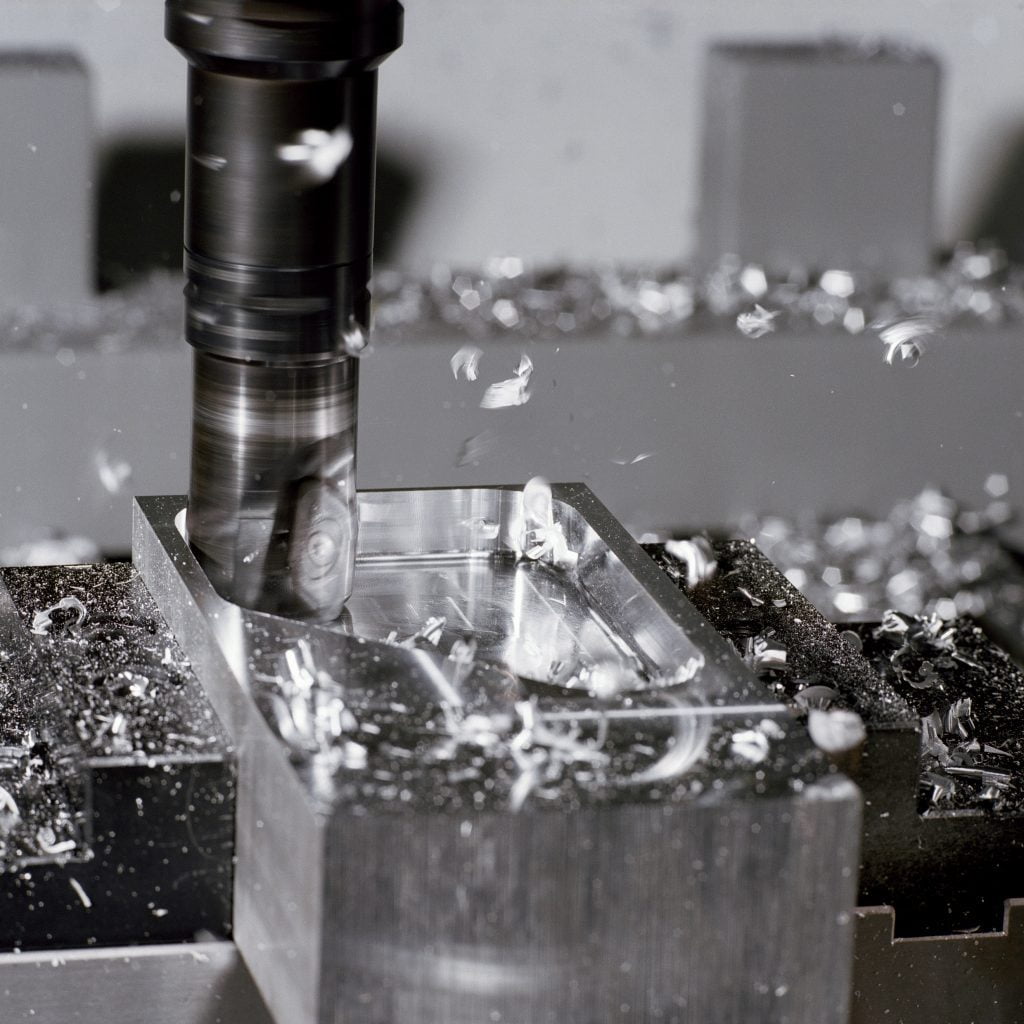
These are great for making pre-production samples. CNC milling (computer numerically controlled milling) carves the prototype out of a solid block of material. The material used can be the exact same as the finished product, meaning that the prototype will perform identically to the production parts. The surface finishes are smooth. The only drawback when compared to 3D printing is that certain geometries cannot be milled out of a single piece, they must be milled out of several pieces and then glued together. As such the turn around time for these prototypes is slightly longer than that of 3D printed parts.
Pros
- Smooth surface finishes
- Same material as production parts
- Parts perform mechanically identical to production parts
Cons
- In certain cases, several pieces will need to be glued together
Production Samples
These aren’t technically prototypes, they are parts made with the tooling that will be used to make the finished product. Small batches of sample parts should always be made before a production run. Based on these samples fine adjustments are made to the tools. These adjustments can mean the difference between having a product that snaps together perfectly, and one that feels cheaply made due to ill-fitting parts.